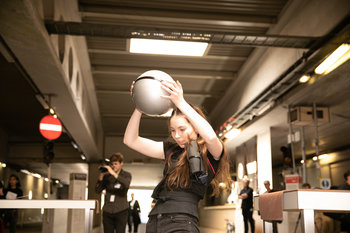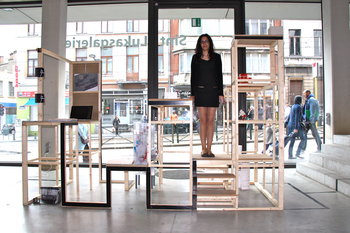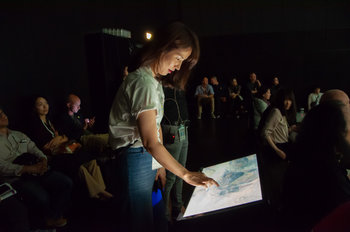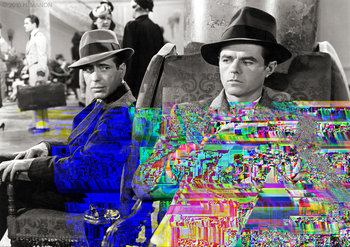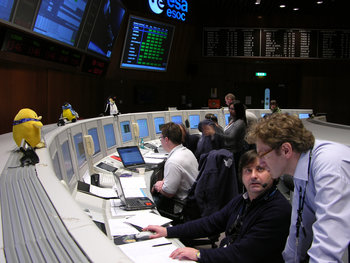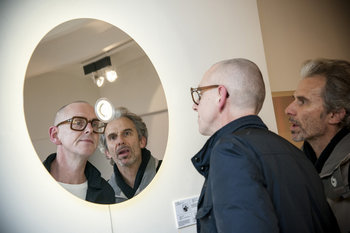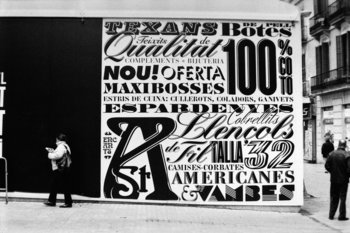
Architecture
Buildings and infrastructure that are designed for where they will be built. For example, organic architecture that blends a building into the local environment.Landscaping
Landscapes such as gardens that match the surroundings. For example, a garden that "borrows" from the scenery by using background hills, mountains and structures as elements in its design.Urban Design
Neighborhoods that reflect the society, culture, history and environment of a place. For example, a neighborhood designed to celebrate its characteristic cultural identity such as Paifang gates at the entrances to a neighborhood that is traditionally considered "Chinatown."Education
Education that is tailored to a place such as programs design to teach the culture, history and languages of remote northern communities in Canada.Terroir
Development of crops that match the ecology, landscape and agricultural traditions of a place. This can allow a farm to produce high quality foods that command premium prices.| Overview: Genius Loci | ||
Type | ||
Definition (1) | The spirit of a place. | |
Definition (2) | A design or practice that matches the culture, environment, traditions, society and economics of a place. | |
Related Concepts | ||




